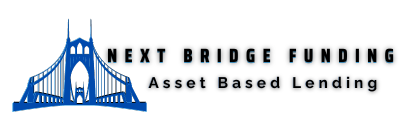Part One – The Biggest Benefits
Unless you plan on working forever, building wealth is key to securing your financial future. One strategy for building wealth is investing in rental properties. At one time, I owned over 200 single-family rental units and serviced them all in-house. If you have been following along, you know that most of my experience comes from trial and error, and rental properties were no exception!
There are some significant benefits of investing in rental properties. Of course, some are more obvious than others, but I have managed to narrow it down here to my top six.
Property Depreciation
Rental property depreciation allows real estate investors to take tax deductions for their property. It is based on the amount of value lost due to depreciation each year. Typically you are allowed a 2.7% depreciation schedule on the property based on your purchase price. For example, suppose you buy a property for $100,000. You can depreciate $2,700 a year from the net rent you take in. In many cases, this allows your rental income to be tax-deferred until you sell the property or for 30 years.
Maintenance
Another tax benefit for rental properties is the money spent on maintaining the property. Any work performed on the property can be written off against your rental income, allowing you to lower your tax liability.
Leverage
According to Investopedia, leverage is defined as: “the use of various financial instruments or borrowed capital, such as margin, to increase the potential return of an investment.” You might want to read that again; it can help you achieve a much higher return on your property. In many cases, you can finance a rental property once it’s fixed and rented at 70-75% LTV, allowing you to pull all your cash out of the property to increase your ROI.
Property Appreciation
Here is where you need to play the long game. Historically properties appreciate 3% a year. The market will fluctuate! There will be boom years and down years, but if you have a 20- or 30-year horizon, with 3% appreciation, your property will double in value in 24 years.
Positive Cash Flow
Whether you pay cash for a rental property or finance it, creating residual income should be the goal of any real estate portfolio. When it comes to rental properties, as a rule of thumb, a landlord will keep 70% of the rent after taxes, insurance, and maintenance. If you budget the cost of debt service at 35%, that leaves 35% for you. So, on a $1000 a month rent, you should have $350 a month positive cash flow.
Principal Reduction
Principal reduction is more a function of the loan term. If you bought a rental for $100K, financed it for $75K at a 5.5% interest rate on a 30-year mortgage, your payment would be $420.16. $81 of that payment is going to paying down your principal. That number goes up every month. By renting the property at a monthly rate that covers principal and interest, plus income for you (see above), in essence, your tenant is buying your property for you over time, helping you build equity.
Educating yourself and taking advantage of the benefits described above are essential to building a successful rental portfolio. My goal is to help you on your journey to creating a rental empire! Next month we will publish Part Two – How to be Successful with Single-Family Rentals.
If you need assistance with lending options for your investments, contact me by clicking here or call 248-385-3750.

